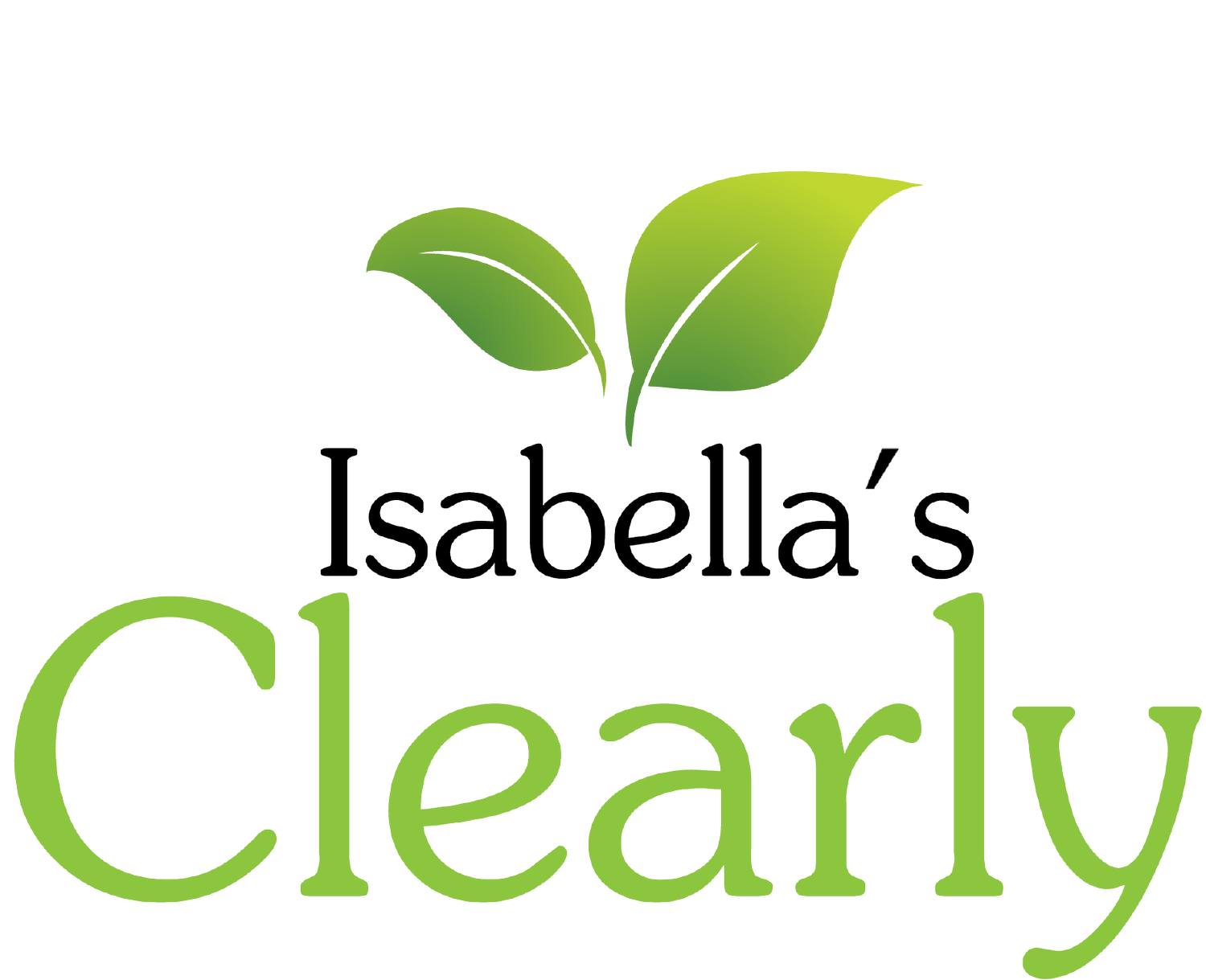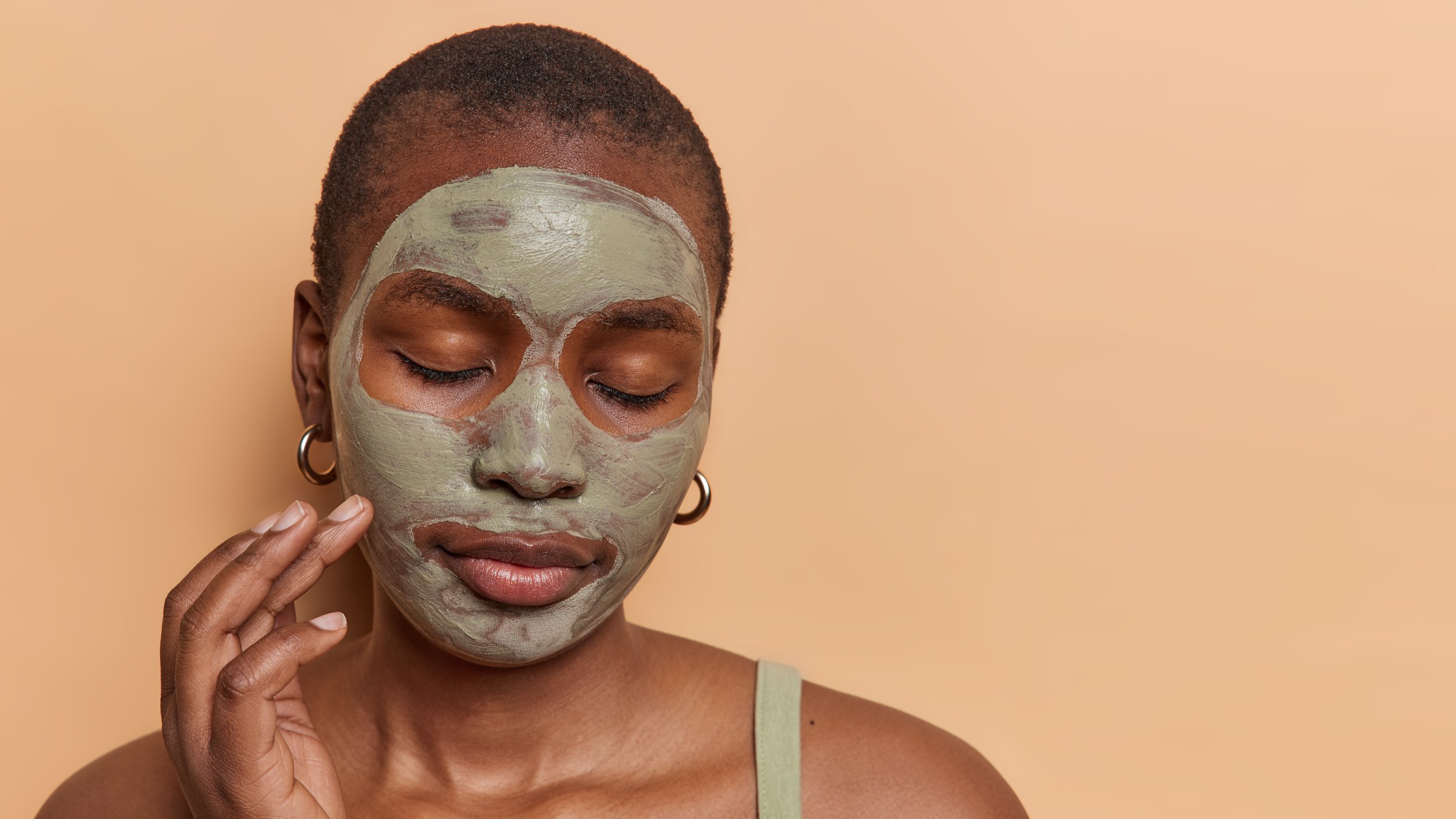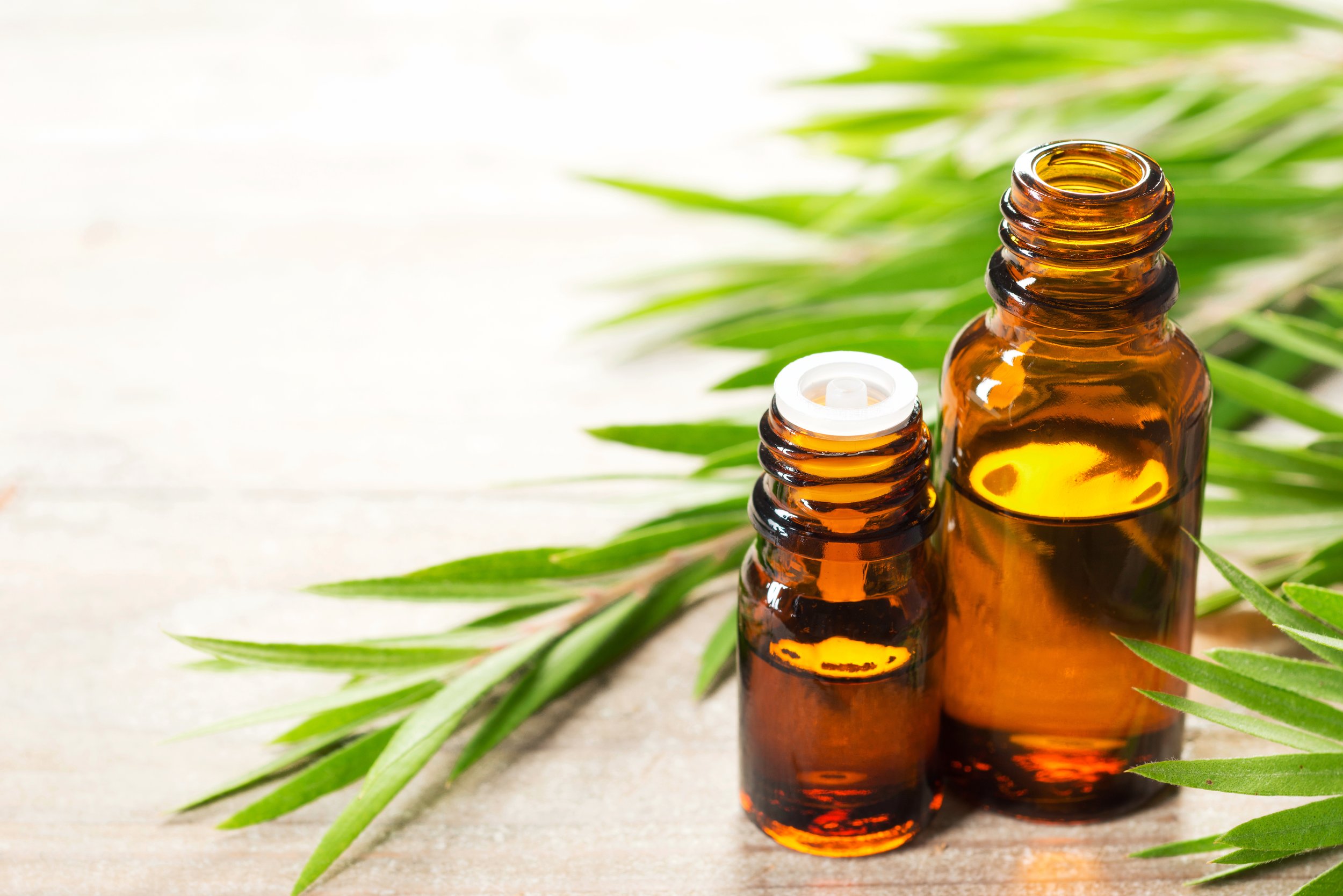Hormonal Acne: Causes, Natural Treatments, and Skincare Routine
Hormonal acne is a common skin condition that affects people of all ages, but it is most common in teenagers and adults. It is caused by fluctuations in hormone levels, which can be triggered by a variety of factors, including puberty, menstrual cycles, PCOS, pregnancy, menopause, stress, diet, and medication.
In this blog post, we will explore the root causes of hormonal acne and unveil the magic of natural treatments, including the incredible power of essential oils and DIY remedies. We will also share a tailored skincare routine that is perfect for managing hormonal acne while keeping your skin's health in great shape.
What Causes Hormonal Acne?
Hormonal acne is primarily driven by fluctuations in hormone levels, particularly androgens such as testosterone. When hormone levels increase, the sebaceous glands produce more oil, leading to clogged pores and acne. Common triggers for hormonal acne include:
Puberty
Menstrual cycles
Polycystic ovary syndrome (PCOS)
Pregnancy
Menopause
Hormonal imbalances due to stress, diet, or medication
Natural Treatments for Acne
While conventional acne treatments may provide relief, natural remedies offer a gentler and more holistic approach to addressing hormonal acne's root causes. Here are some effective natural treatments to consider:
Tea tree oil
This mighty essential oil is a game-changer! To use, simply dilute a few drops of tea tree essential oil with a carrier oil like jojoba or coconut oil. Dab a cotton ball into the mixture and apply it directly to your pesky acne spots. Let the magic of tea tree oil work its wonders as it fights off acne-causing bacteria and calms that annoying inflammation.
Lavender oil
To harness its calming properties, mix a couple of drops of lavender essential oil with a carrier oil and apply it to your trouble spots. This gentle yet powerful combo will help reduce redness and irritation, bringing a sense of tranquility to your skin.
Evening primrose oil
This oil is an omega-6 fatty acid superhero! Simply massage a few drops of evening primrose oil onto your face after cleansing. This fantastic oil will help balance your hormones and tame those troublesome inflammations.
Apple cider vinegar
ACV to the rescue! Dilute a tablespoon of apple cider vinegar with some water and use a cotton ball to apply it as a toner after cleansing. Say goodbye to pH imbalances and hello to a happier, more balanced complexion!
Green tea
Sip and soothe! Enjoy a cup of green tea and then let the used tea bags cool down. Gently press the tea bags onto your acne-prone areas for a calming compress. Green tea's antioxidants and anti-inflammatory magic will work their charm, reducing sebum production and calming irritated skin.
Rose water
This lovely floral water works wonders for your skin. After cleansing, spritz some rose water on your face or apply it with a cotton pad. Its natural anti-inflammatory properties will help soothe and calm irritated skin, leaving you feeling refreshed and rejuvenated.
Green clay
Mix green clay powder with water to create a paste, and then apply it to your face. Let it work its magic for about 15 minutes before rinsing off. Green clay is fantastic for absorbing excess oil and drawing out impurities, making it a perfect ally in your battle against hormonal acne.
DIY Remedies for Hormonal Acne
Incorporating DIY remedies into your skincare routine can further support your efforts in managing hormonal acne. Here are some easy-to-make remedies you can try at home:
DIY Acne Mask with Honey and Cinnamon
Mix equal parts raw honey and ground cinnamon to create a soothing and antibacterial mask. Apply to clean skin, leave on for 15-20 minutes, and rinse off with warm water.
Calming Aloe Vera Gel
Apply pure aloe vera gel directly to affected areas to soothe inflammation and promote skin healing.
Soothing Chamomile Tea Compress
Steep chamomile tea bags in hot water, let them cool, and apply as a compress to inflamed acne lesions for a soothing effect. You can also use green tea compresses.
A Tailored Skincare Routine for Acne Prone Skin
Crafting a targeted skincare routine is essential to managing hormonal acne and maintaining a healthy complexion. Here's a step-by-step guide to help you achieve clearer skin:
Cleanse
Use a gentle, sulfate-free cleanser to remove impurities without stripping natural oils. Try Isabella's Clearly FACE for Oily Skin, the oil cleanser is specifically formulated to remove impurities, excess oil, and makeup without disrupting your skin's natural balance.
Exfoliate
Incorporate a gentle exfoliant 1-2 times a week to unclog pores and remove dead skin cells. Try Green CLAY or Charcoal Face MASK to draw out impurities, reduce excess oil, and unclog pores.
Tone
Apply a natural toner, such as diluted apple cider vinegar, witch hazel or rose water, to balance your skin's pH levels and prepare it for treatments. Try TONE, pure rose water.
Treat
Use a spot treatment with tea tree oil or other essential oils to target active acne lesions. Try Isabella’s Clearly ZITS, made with tea tree, lemon and aloe vera, to help reduce inflammation, calm redness, and promote faster healing of blemishes.
Moisturize
Choose a non-comedogenic moisturizer with ingredients like hyaluronic acid, niacinamide, or squalane for added benefits. Try Isabella’s Clearly VIT-C cream made with organic ingredients to keep your skin hydrated without clogging pores.
Sun protection
Wear a broad-spectrum, non-comedogenic sunscreen daily to protect your skin from UV damage and prevent acne scars from darkening. Make sure to choose a high-quality zinc based sunscreen that suits your skin type.
Naturally Treating Backne
Backne, or back acne, is a common skin concern that can be just as frustrating as facial acne. It occurs when hair follicles on the back become clogged with dead skin cells, oils, and bacteria, leading to the development of pimples, blackheads, or cysts. Backne can be particularly bothersome during warmer months or when wearing tight clothing that traps sweat and bacteria against the skin. If you're dealing with backne, try these tips for a clearer and smoother back:
Keep the Area Clean: Cleanse your back with a gentle, sulfate-free body wash daily, especially after sweating or engaging in physical activities. Avoid harsh scrubbing, as it can aggravate the skin and lead to more breakouts.
Exfoliate Regularly: Incorporate a mild exfoliant into your routine 1-2 times a week to remove dead skin cells and unclog pores. Look for chemical exfoliants with ingredients like salicylic acid or glycolic acid, as they can effectively treat backne without causing irritation.
Wear Breathable Fabrics: Opt for loose-fitting, breathable clothing made of natural fibers like cotton. Avoid tight or synthetic materials that can trap sweat and bacteria against the skin.
Use Non-Comedogenic Products: When choosing body lotions, sunscreens, or other products for the back, opt for non-comedogenic formulas that won't clog pores.
Avoid Heavy Hair Products: If you have long hair, avoid using heavy hair products that can transfer onto the back and clog pores. Tie your hair up to keep it away from your skin.
Practice Good Post-Workout Habits: After exercising, change out of sweaty clothes promptly, and shower as soon as possible to remove sweat and bacteria from the skin.
Try Tea Tree Oil: Tea tree oil, with its antimicrobial properties, can be beneficial for treating backne. Dilute it with a carrier oil (like coconut oil) and apply it to the affected areas.
Don't Pick or Pop: As tempting as it may be, avoid picking or popping backne lesions, as it can worsen inflammation, lead to scarring, and increase the risk of infection.
Remember that treating backne may take time, and consistency is crucial in achieving positive results. Be patient with your skincare routine and give it a few weeks to see improvements. With proper care, you can effectively address backne and enjoy smoother, healthier skin on your back.
The Hormonal Acne Diet
In addition to a targeted skincare routine and natural treatments, adopting a hormone-balancing diet can significantly support your efforts in managing hormonal acne. What you put into your body can greatly impact your skin's health, so focusing on nutrient-rich, anti-inflammatory foods can make a noticeable difference. Here are some do’s and don’ts for a hormone balancing diet:
Include plenty of fruits and vegetables in your diet, as they are rich in vitamins, minerals, and antioxidants that help promote skin health.
Foods high in omega-3 fatty acids, like fatty fish (salmon, mackerel, and sardines), chia seeds, and flaxseeds, can help reduce inflammation and support hormonal balance.
Probiotic-rich foods, such as yogurt, kefir, and fermented vegetables, can support gut health, which plays a crucial role in hormonal regulation and skin health.
Reduce or avoid foods that may exacerbate hormonal acne, such as refined sugars, processed foods, and dairy products, as they can contribute to inflammation and hormonal imbalances.
Consuming excessive amounts of caffeine and alcohol can also negatively impact hormone levels and may trigger acne flare-ups.
Remember, everyone's body is unique, so paying attention to how your skin responds to certain foods can help you identify any potential triggers. Keeping a food journal can be a helpful tool in tracking your diet's impact on your skin.
Lifestyle Tips to Keep Acne Under Control
In addition to a hormone-balancing diet and a tailored skincare routine, there are several other natural approaches to consider in your battle against hormonal acne. These additional tips can further enhance your efforts and promote healthier, clearer skin:
Stress Management: High-stress levels can worsen hormonal imbalances and trigger acne flare-ups. Incorporate stress-reducing practices into your daily routine, such as meditation, yoga, deep breathing exercises, or spending time in nature.
Regular Exercise: Engaging in regular physical activity not only supports overall well-being but can also help regulate hormone levels. Aim for at least 30 minutes of moderate exercise most days of the week.
Quality Sleep: Prioritize getting enough restful sleep each night, as sleep plays a crucial role in hormonal regulation and skin repair. Aim for 7-9 hours of sleep per night.
Avoid Touching Your Face: Avoid touching or picking at acne-prone areas to prevent the spread of bacteria and reduce the risk of scarring.
Clean Makeup Brushes: Regularly clean your makeup brushes and other beauty tools to prevent the buildup of bacteria that can contribute to acne.
Hydration: Drink plenty of water throughout the day to keep your skin hydrated and support overall skin health.
Clean Pillows and Bedding: Regularly change and wash your pillowcases and bedding to avoid the accumulation of oils and bacteria that can transfer onto your skin.
A Clean Razor: If you're a man dealing with hormonal acne, ensure you use a clean razor and shaving cream to avoid irritation and prevent clogged pores.
Common Questions About Hormonal Acne
What is hormonal acne, and what causes it?
Hormonal acne is a type of acne that is triggered by hormonal fluctuations, particularly androgens like testosterone. These hormones stimulate the sebaceous glands to produce more oil, leading to clogged pores and acne breakouts.
Who is most likely to experience hormonal acne?
Hormonal acne can affect people of all ages, but it is most common during puberty, menstruation, pregnancy, and menopause due to significant hormonal changes during these stages of life.
How can I identify hormonal acne?
Hormonal acne often appears as deep, cystic pimples on the lower part of the face, jawline, chin, and neck. It may also coincide with hormonal events such as the menstrual cycle.
What makes hormonal acne different from other types of acne?
Unlike other types of acne, hormonal acne is directly linked to hormone fluctuations and typically appears as larger, more inflamed lesions.
Are there specific dietary triggers for hormonal acne?
While there is no one-size-fits-all answer, some people find that high-glycemic foods, dairy, and foods with added hormones may contribute to hormonal acne. A hormone-balancing diet rich in fruits, vegetables, and whole grains can be beneficial.
Can stress worsen hormonal acne?
Yes, stress can exacerbate hormonal acne. High-stress levels can lead to hormone imbalances and trigger acne flare-ups.
How can I manage hormonal acne naturally?
Natural treatments for hormonal acne include using essential oils like tea tree oil, lavender oil, and evening primrose oil. Additionally, incorporating a hormone-balancing diet and a tailored skincare routine can help manage hormonal acne effectively.
Are there any over the counter treatments for hormonal acne?
Over-the-counter treatments for hormonal acne often include products with salicylic acid or benzoyl peroxide, which can help to unclog pores and reduce inflammation. However, natural remedies may be gentler on the skin.
How long does it take to see improvements in hormonal acne with natural treatments?
The timeline for seeing improvements with natural treatments can vary from person to person. It may take several weeks to notice significant changes in hormonal acne, so patience and consistency are key.
Can lifestyle factors impact hormonal acne?
Yes, lifestyle factors such as sleep, stress management, exercise, and diet can all influence hormonal balance and impact the severity of hormonal acne.
Hormonal acne may present its challenges, but with a mindful skincare routine and the power of natural remedies, you can achieve a clearer and more radiant complexion. Embrace the journey to healthier skin by incorporating essential oils, DIY remedies, and our recommended skincare routine tailored for hormonal acne.
Remember, persistence and self-care are key as you work towards managing this skin concern and unleashing your skin's true beauty.



